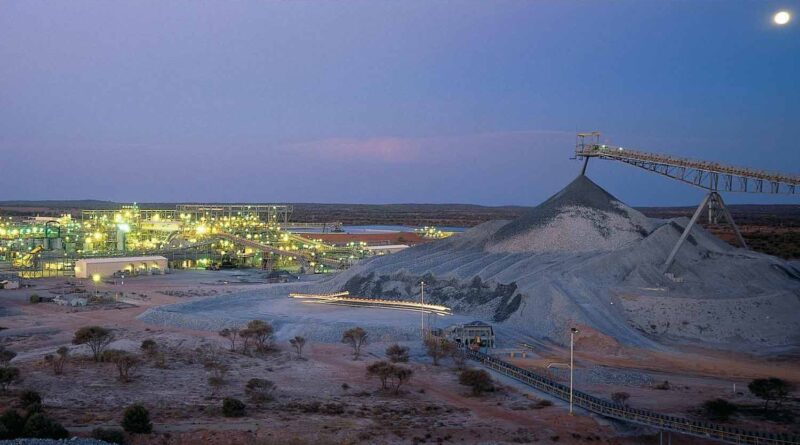NICKEL: Botswana, Cote D’Ivoire and SA present lowest regulatory risks
Although Africa boasts a nickel sulphide rich resource base,high exposure to resource nationalism risks will pose challenges to project investment. Tanzania, home to the Kabanga Nickel Deposit, scores 26.2 in the Mining Regulation sub-component of Fitch mining RRI, significantly below the regional average of 39.3. (Scores out of 100, higher score = more attractive market.)
Zambia, which hosts the Munali nickel mine also falls below the regional average, scoring 34.3. The risks of resource nationalism within the sub-sector will be further elevated by Fitch forecast upward trend in nickel prices.
Fitch forecasts nickel prices to rise and average USD16,250/tonne by 2025 compared with the USD13,860/tonne average in 2020, highlighting the risk of mining royalty increases to benefit from elevated prices.
Within East Africa, Burundi also holds mineral deposits of nickel, specifically laterite ore, however Fitch expects that reputational risks related to the government’s human rights record and the substantial risk of political unrest will be a key barrier to investment.
TANZANIA SGR PROJECT KEY TO NICKEL MINERAL TRANSPORT
At the same time, infrastructure delays and poor electrification rates will compound downside development risks. While many deposits in East Africa have been explored, they have remained undeveloped due to inadequate transport and energy infrastructure.
Fitch infrastructure analyst expects Tanzania’s Standard Gauge Railway Project (SGR) to face delay risks before ultimately being built, exacerbated by the recent passing of Tanzanian President John Magufuli.
Successful construction of the SGR Project would add upside to the transport of nickel sulphide to Dar es Salaam for exportation to Asia or possibly maritime transport to South Africa for value-added processing.
Additionally, Sub-Saharan Africa receives the lowest regional score for electrification rates at 12.6, significantly below Asia’s second-to-last-place score of 55.0. This will present considerable challenges to nickel-producing countries with some of the highest regional RRI scores such as Botswana and South Africa.
| 2018 | 2019 | 2020 | 2021f | 2022f | 2023f | 2024f | |
| Botswana | 13.29 | 13.35 | 13.22 | 13.35 | 13.49 | 13.76 | 14.44 |
| Morocco | 0.05 | 0.06 | 0.06 | 0.06 | 0.06 | 0.06 | 0.06 |
| South Africa | 44 | 44.44 | 42.84 | 43.7 | 44.57 | 45.69 | 46.83 |
| Zambia | 3.33 | 3.39 | 3.46 | 3.53 | 3.6 | 3.67 | 3.75 |
| Zimbabwe | 17.85 | 16.28 | 16.2 | 16.4 | 16.61 | 16.81 | 16.98 |
| Africa Total | 78.52 | 77.52 | 75.78 | 77.04 | 78.33 | 79.99 | 82.06 |
| Global Total | 2021.06 | 2246.72 | 1858.25 | 2136.12 | 2271.3 | 2393.02 | 2482.44 |
| Africa % of Global Production | 3.9% | 3.5% | 4.1% | 3.6% | 3.4% | 3.3% | 3.3% |




